HP Xpress SL-M2026 Bruksanvisning
Läs gratis den bruksanvisning för HP Xpress SL-M2026 (199 sidor) i kategorin Skrivare. Guiden har ansetts hjälpsam av 13 personer och har ett genomsnittsbetyg på 4.9 stjärnor baserat på 7 recensioner. Har du en fråga om HP Xpress SL-M2026 eller vill du ställa frågor till andra användare av produkten? Ställ en fråga
Sida 1/199

BASIC
User’s Guide
BASIC
User’s Guide
This guide provides information concerning installation, basic operation and
troubleshooting on windows.
ADVANCED
This guide provides information about the installation, advanced configuration, operation
and troubleshooting on various OS environments.
Some features may not be available depending on models or countries.
Produktspecifikationer
| Varumärke: | HP |
| Kategori: | Skrivare |
| Modell: | Xpress SL-M2026 |
Behöver du hjälp?
Om du behöver hjälp med HP Xpress SL-M2026 ställ en fråga nedan och andra användare kommer att svara dig
Skrivare HP Manualer
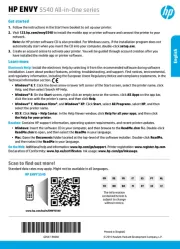
7 Oktober 2025
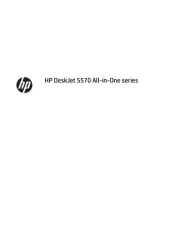
7 Oktober 2025
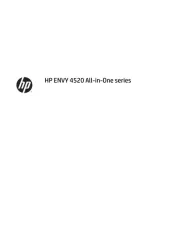
6 Oktober 2025
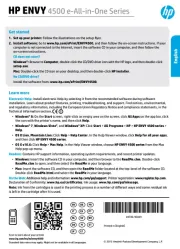
6 Oktober 2025
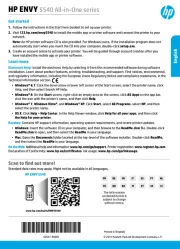
6 Oktober 2025
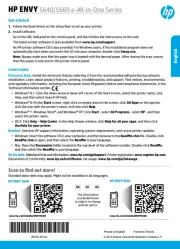
6 Oktober 2025
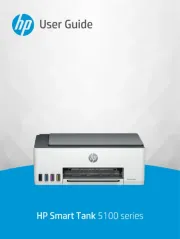
18 September 2025
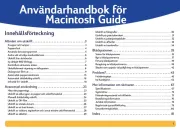
5 September 2025
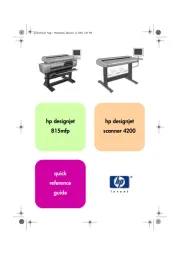
4 September 2025

4 September 2025
Skrivare Manualer
Nyaste Skrivare Manualer
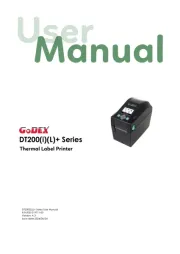
23 Oktober 2025
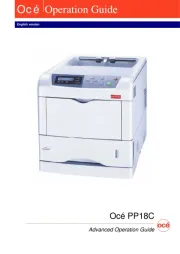
20 Oktober 2025
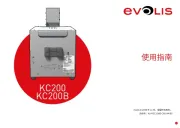
18 Oktober 2025
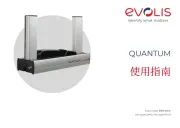
17 Oktober 2025
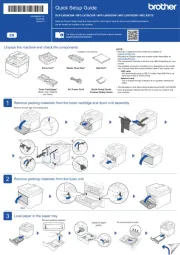
14 Oktober 2025
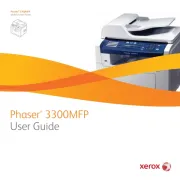
13 Oktober 2025
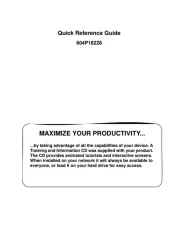
12 Oktober 2025
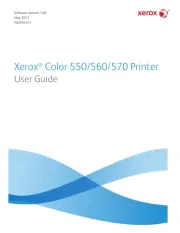
12 Oktober 2025
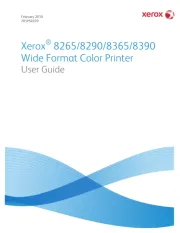
12 Oktober 2025
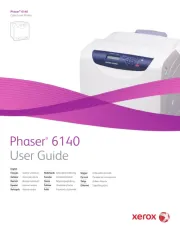
12 Oktober 2025